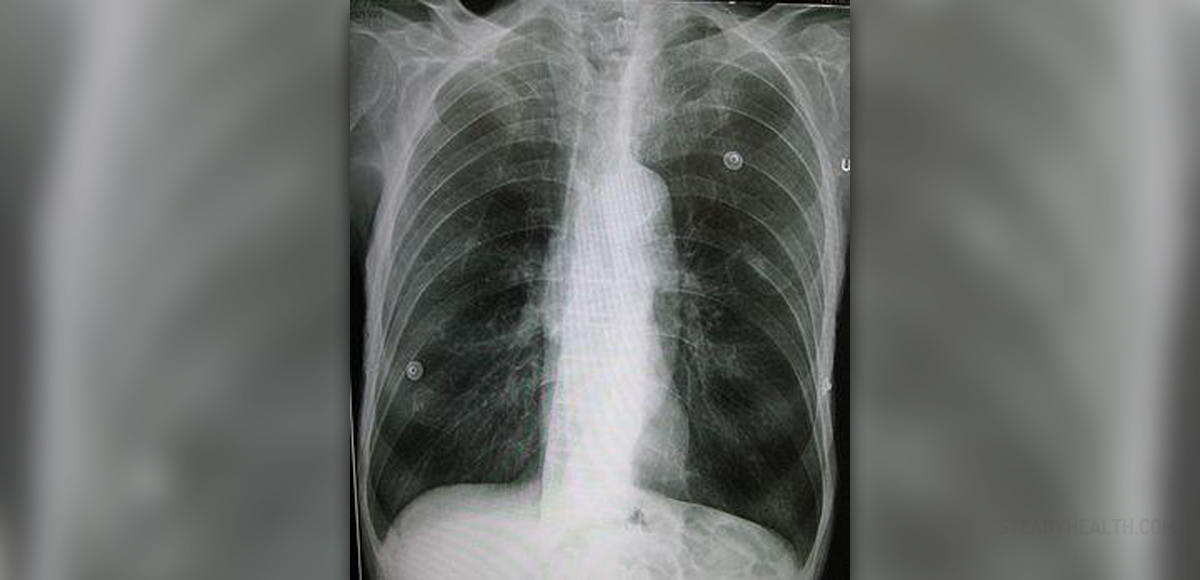
Emphysema is a chronic and progressive respiratory condition. It, together with chronic bronchitis, belongs to a group of illnesses called chronic obstructive pulmonary diseases (COPD). The condition is associated with shortness of breath caused by over-inflation of the alveoli. The lung alveoli become more and more destroyed which reduces the overall surface available for exchange of oxygen and carbon dioxide.
Patophysiological Changes in Emphysema
Emphysema belongs to a group of obstructive lung diseases. This is because the air such patients breathe gets trapped in the alveoli, they become over-inflated and do not allow proper exchange of oxygen and carbon dioxide. Furthermore, damage to alveoli may cause their collapse, i.e. they become inefficient in exchange of gasses in general.
Healthy lungs resemble a sponge. On the other hand, the lungs of patients suffering from emphysema are actually like an old sponge, filled with many holes and with significantly decreased elasticity. Under such conditions instead of the normal process which occurs after inflation and stretching of the lung tissue (which includes reaching the previous state) many alveoli simply do not regain their previous appearance, they remain enlarged and trap the inhaled air. Such effects affect further breathing and cause all the symptoms and signs associated with the disease.
Moreover, by destroying lung tissue, emphysema is responsible for reduction of number of small blood vessels called capillaries. They are necessary for exchange of oxygen and carbon dioxide and if there is not sufficient number of these blood vessels, exchange of gasses is also inadequate.
Clinical Characteristics of Emphysema
Shortness of breath is definitely the most prominent symptom of emphysema. Cough also occurs and is a consequence of increased production of mucus. Breathing difficulties may also develop in a form of wheezing. Patients easily get tired, particularly after exercise and other strenuous activities. The disease progresses at a different pace leading to gradual deterioration.
In terminal stages patients are bed-ridden and have serious breathing difficulties. At that time they develop so called 'pursed-lipbreathing' which results from an attempt of patients to exhale completely but they cannot eliminate trapped air. Under such circumstances they purse their lips, leaving a small opening and while they exhale the lips actually block the flow of the air and may in return cause increase of pressure inside the lungs and stimulate collapse and opening of airways. All of the mentioned eventually results in emptying of trapped air.
Prevention of Emphysema
It is estimated that emphysema generally affects smokers, particularly heavy smokers. Therefore, it is clear that one of the most effective means of prevention actually includes cessation of smoking. It is also recommended never to start smoking in the first place.
Apart from that people may also develop emphysema due to other contributing factors such as environmental pollutants etc. There is no effective way of prevention apart from moving to less polluted cities.
And finally, patients who are already suffering from emphysema may prevent serious complications if they avoid respiratory infections and are timely vaccinated (they are supposed to receive the pneumococcal vaccine every 5 years and the influenza virus vaccine every year).
- www.cdc.gov/nchs/fastats/copd.htm
- www.who.int/respiratory/publications/strategy/en/index5.html
- Photo courtesy of James Heilman, MD by Wikimedia Commons: commons.wikimedia.org/wiki/File:Emphysema2008.jpg







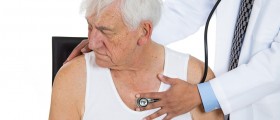




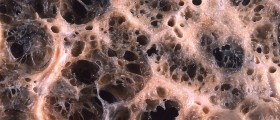
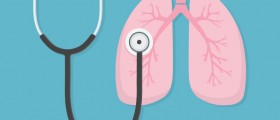

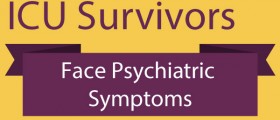
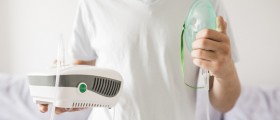
Your thoughts on this
Loading...